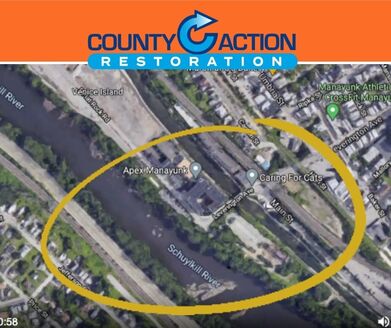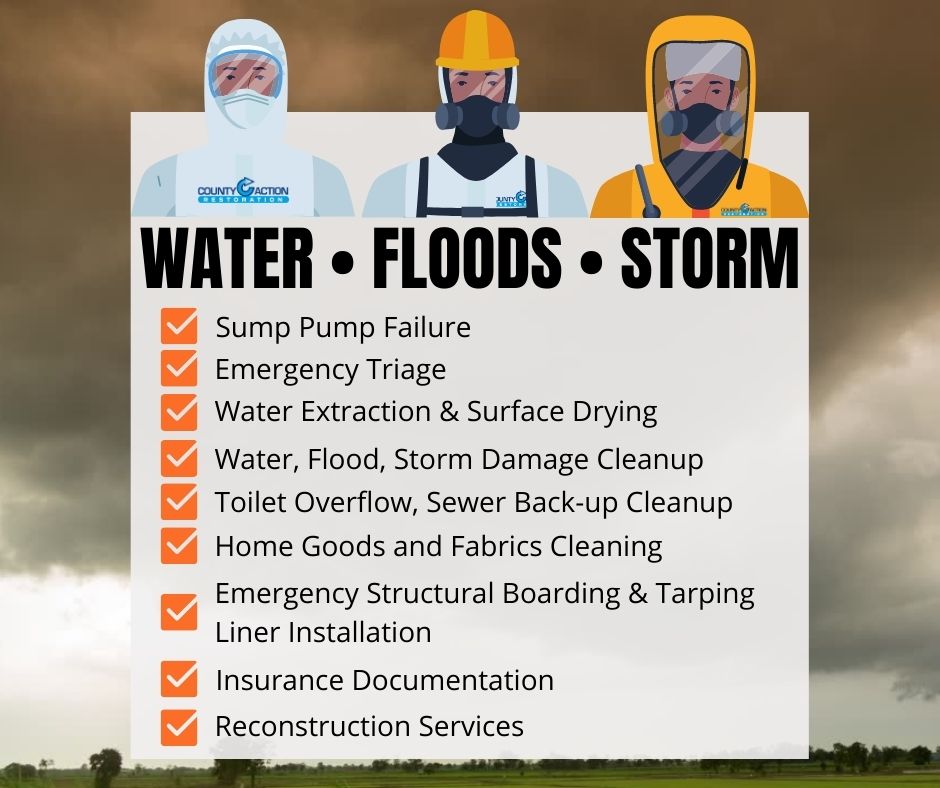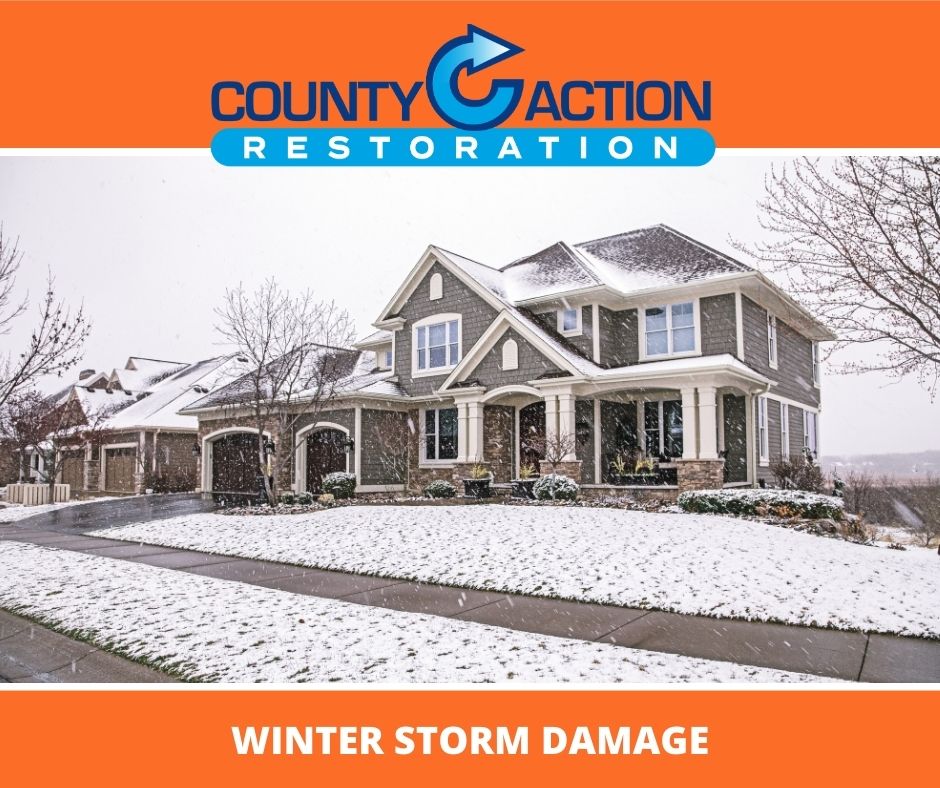|
We all remember last year's tropical storm Isaias and the destruction left behind. As Isaias was storming over Philadelphia, people in Manayunk were literally life-rafted out of their homes by black water.
Also called "category 3," black water soaks right into the building materials and fills surfaces with bacteria that will breed and feed on those materials. Higher temperatures, higher humidity levels, and stagnant air create the best conditions for bacteria to thrive. So, imagine what the people from Manayunk had to go through.
1 Comment
In 2021, we have had a few days of winter storms in the Greater Philadelphia area. Only in a few days have we received many emergency calls for restoration jobs involving:
If experiencing these events is stressful, frustration adds to the reality of the situation, especially when interacting with the insurance company. Winter Storm Damage and Your Named PerilsLet’s be clear. This list is not universal. It varies between insurance policies and insurance companies. Named Perils cover the specific causes of damage or injury. Your Named Perils clause may cover against some perils like fire, smoke, wind, and more, but they may not cover all perils or only cover perils in some instances. Therefore, it is always a good idea to read your Named Perils clause carefully. In the event of winter storm damage, check if your insurance policy includes coverage for:
The number of Named Perils varies between insurance policies. Depending on your insurance company and the insurance policy you bought, separate endorsements may be necessary to cover additional perils that may not appear in your Named Perils. As always, make sure you understand exceptions clearly. To avoid unnecessary frustration and stress with an insurance claim, determine what your policy covers ahead of time, in fact, well before discovering it the day of the loss:
Ultimately, winter storm damage will happen during a homeowner or renter’s lifetime. Therefore, know what to look for and expect. The Most Common Winter Storm DamageIn terms of winter storm damage, the most common property damage types are roof damage or collapse. They are usually caused by the weight of snow, ice, or sleet. Another typical winter storm damage is burst pipes caused by freezing temperatures. Damage caused by frozen pipes is 'sudden and accidental,” assuming that you maintained heat in your home and applied best practices of your home or building's water supply. Finally, ice dams are the third category of winter storm damage. They can cause water damage to walls and ceilings. An ice dam that forms at the edge of a roof can prevent melting snow from draining off the roof. Typically, this would not be covered by a basic Named Perils policy. There are Preventative Measures to Avoid Winter Storm DamageAlthough you might have the right coverage, maintaining your property is the best way to anticipate winter storm damage and insurance claims. Therefore, before and during winter, take the time to check your property periodically:
Your TakeawaysAs always, preparation is essential. Therefore, know what your insurance policy covers and do your due diligence with the insurance company. Make sure you understand what is covered and not covered. Always evaluate your property before and during the winter season. If your area faced an episode of snow or ice, check how your property is impacted and take precautionary steps to maintain a sound structure.
|
AuthorMike McCullough is the owner of County Action Restoration Archives
March 2021
|




 RSS Feed
RSS Feed